Australian Tropical Rainforest Plants - Online edition
Nauclea orientalis (L.) L.
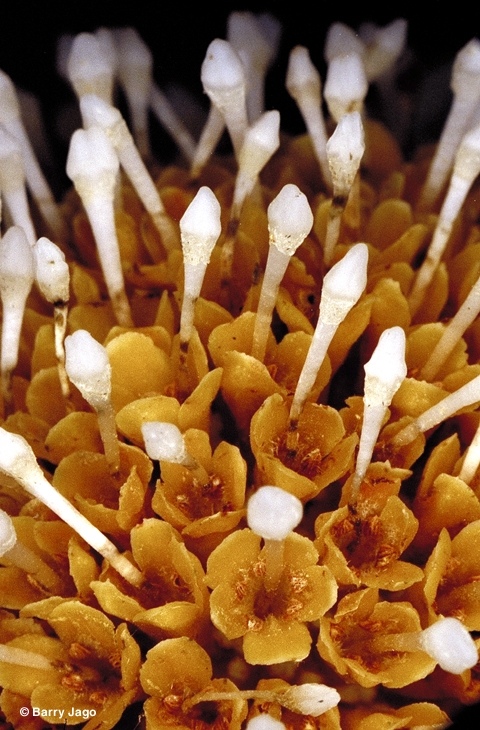
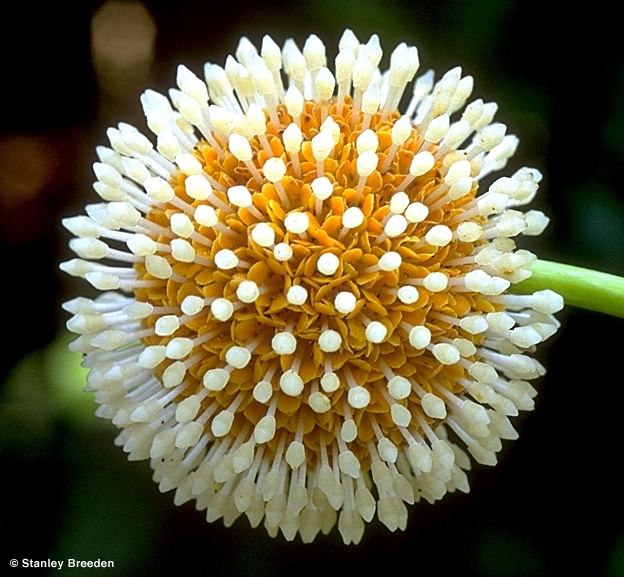
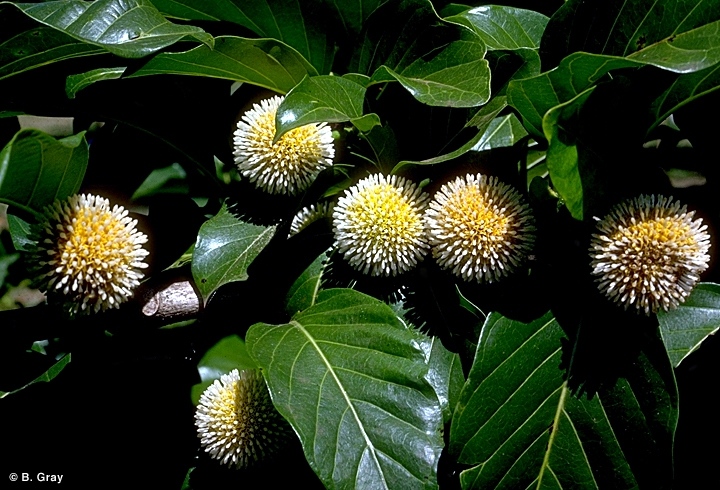

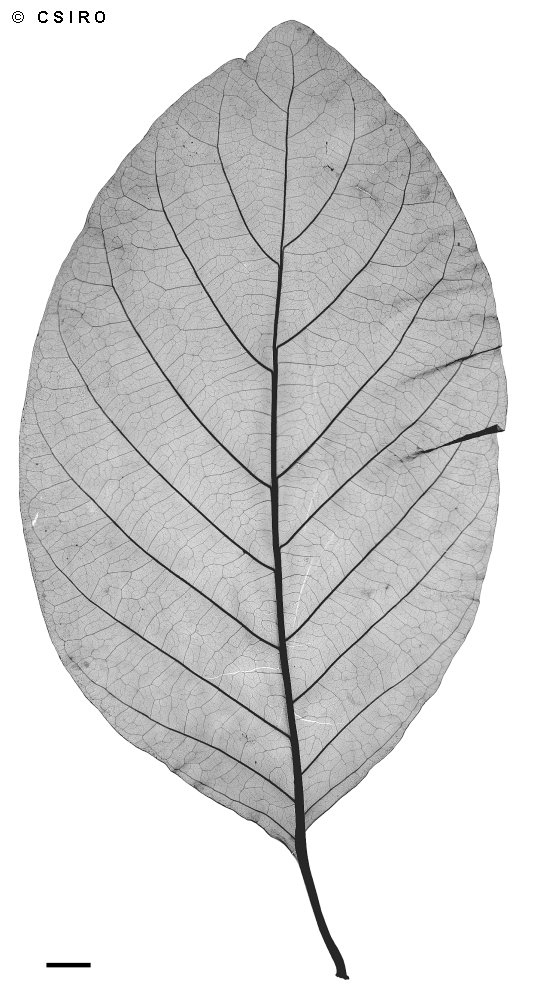

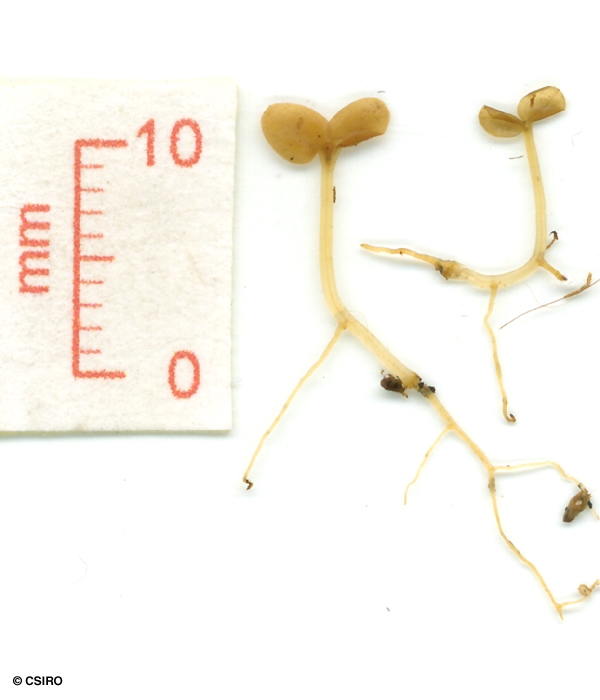
Linnaeus, C. von (1763) Species Plantarum ed. 2 : 243.
Cheesewood; Canary Cheesewood; Cape York Leichardt; Leichardt; Leichhardt Pine; Leichhardt Tree; Leichhardt's Pine; Pine, Leichhardt's; Soft Leichhardt; Yellow Cheesewood; Burr Tree; Canary-wood
Calyx tubes fused to one another to form a perfectly spherical head of flowers. Corolla tube longer than the lobes, corolla lobes about 2-3 mm long. Anthers +/- sessile, attached to the apex of the corolla tube. Style and stigma white, stigma +/- cylindrical or bullet-shaped.
Fruits about 4-5 cm diam., outer surface reticulately rugose. Seeds small, about 1.5-2 mm long, very numerous in each fruit. Testa finely reticulate.
Cotyledons ovate, about 3-4 mm long. At the tenth leaf stage: leaf blade elliptic, glabrous; stipules interpetiolar, large, foliaceous, conspicuous, oblong to obovate, apex obtuse. Seed germination time 4 to 20 days.
Fallen fruit eaten by Cassowaries. Cooper & Cooper (1994).
A useful carving timber (Swain (1928).
A large spreading and shady tree that is often cultivated. Flowers are in large ball-like heads and are strongly perfumed.
An infusion of the barks causes vomiting, and was used by north Queensland Aborigines to treat 'sore belly' and sometimes snakebite; at Bloomfield River, a decoction of the bark was used externally as an application for rheumatic pains. Cribb (1981).
Produces a useful, moderately durable, general purpose timber.
Wood specific gravity 0.56. Cause et al. (1989).





